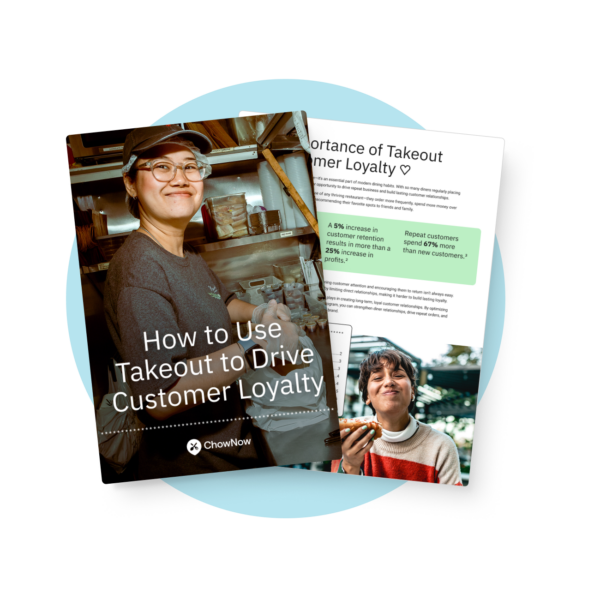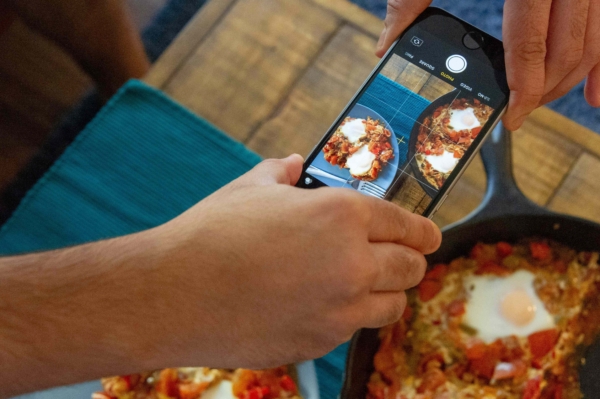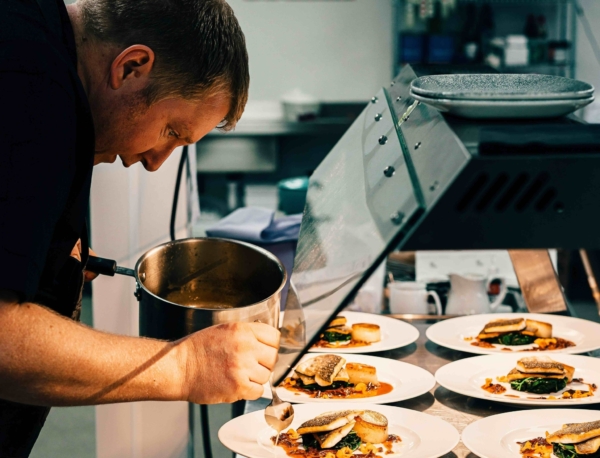How Do Restaurants Benefit From First-Party Ordering?
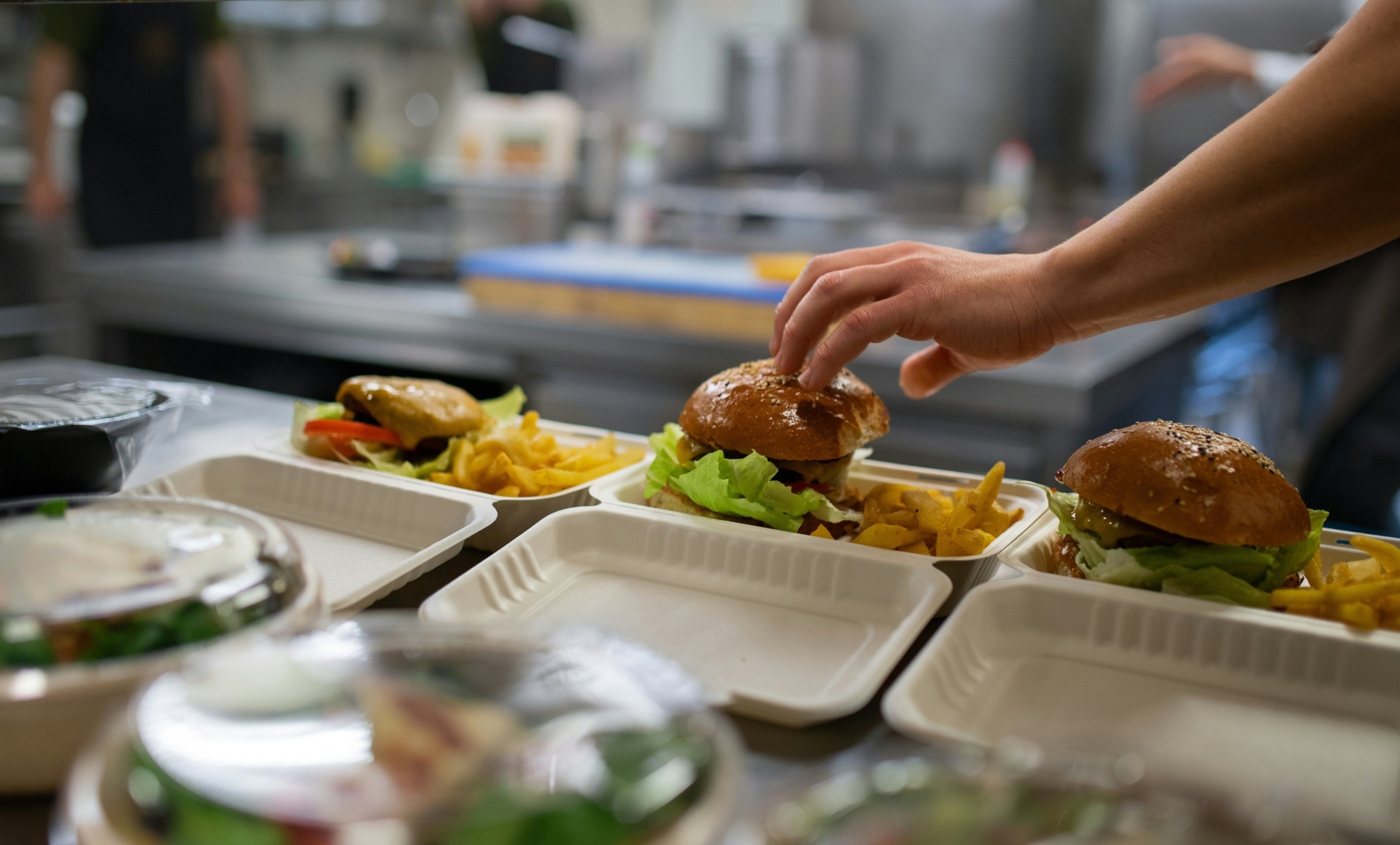
For a long time, third-party delivery apps seemed like the easiest way to get your restaurant online and in front of new customers.
And for many restaurants, they still serve a purpose.
But more and more operators are realizing that relying too heavily on those platforms comes at a cost—literally and figuratively.
Instead of giving up control to outside platforms, some restaurants are shifting to a more direct approach: first-party ordering.
This means customers place orders through your own website or app—not a third-party platform.
It keeps the experience in your hands and strengthens the relationship between you and your guests—not to mention it saves you a lot of money in commission fees.
In this article, you’ll learn:
- The real differences between third-party and first-party ordering—and why they matter
- How first-party ordering helps you build stronger customer relationships and brand loyalty
- Ways to increase profitability and gain more control over your restaurant’s online presence
Let’s break down the key differences between third-party and first-party ordering.
First-Party vs. Third-Party Ordering: What’s the Difference?
Most restaurant operators don’t think twice about how their online orders are processed—until they see where the money (and the customer data) is going.
Let’s take a closer look.
What is third-party ordering?
Third-party ordering platforms, such as Uber Eats and DoorDash, manage the entire ordering process on your behalf.
That includes taking the order, processing payments, setting up delivery, and even stepping in on customer support.
While these platforms can expand your reach and offer convenience, they also take a cut of each transaction—as much as 20-30%—and keep control over customer data, branding, and the overall experience.
What is first-party ordering?
With first-party, customers place orders directly through your restaurant’s own website or branded mobile app.
You set the rules, you collect the data, and you own the relationship from start to finish. It’s a direct line between you and your guests, with no middle-person in the way.
That’s not to say third-party platforms don’t serve a purpose.
They can be a helpful discovery tool, especially for new restaurants trying to expand their reach.
But the trade-offs—like commission fees, limited control, and lack of access to customer info—are hard to ignore.
That’s why so many restaurants are investing in first-party ordering as a long-term strategy for growth.
In fact, 58% of customers say they prefer to use a restaurant’s app or website to order delivery, which shows that when you offer a direct option, many guests will take it.
The 5 Key Benefits of First-Party Ordering
What follows are the five biggest benefits restaurants see when making the switch to first-party ordering—starting with one that’s often overlooked but incredibly valuable: owning your customer data.
Customer data is yours, not theirs.
When a guest places an order through a third-party platform, that customer connection doesn’t really belong to you—the platform keeps the details, the insights, and the relationship.
You might fulfill the order, but you’re left in the dark about who that person is, their contact information, how often they come back, or what they like to order.
This information might not sound groundbreaking at first, but it’s the foundation for building stronger relationships, creating smarter campaigns, and ultimately driving more repeat business.
It’s the difference between guessing and knowing.
Instead of running broad promotions and hoping they stick, you can send targeted offers to specific guests.
You can follow up with first-timers, reward frequent visitors, and even tailor your messaging based on someone’s order history.
That level of insight just isn’t possible when a third-party app owns the relationship.
Direct ordering helps you build loyal customers.
When customers order directly from your restaurant, they’re not just grabbing food—they’re engaging with your brand.
That interaction might seem small in the moment, but over time, it adds up to something bigger: loyalty.
First-party ordering creates a direct line between you and your guests, so there’s no competing logo on the screen and no pop-ups pushing customers to try a different place down the block.
It’s your brand, your voice, your experience—from the look of the menu to the tone of the confirmation message.
And when people feel like they’re supporting you directly, they’re more likely to come back.
For example, here is Flying Biscuit Cafe’s Direct Website Ordering system that helps them stay connected with customers.
It also opens the door to loyalty programs and personalized marketing—things that are hard or impossible to do through third-party platforms.
No commission fees means more money in your pocket.
One of the most immediate benefits of switching to first-party ordering is financial.
When you use third-party platforms, every order comes with a heavy cost that adds up fast, especially on high-volume days or big-ticket orders.
First-party ordering gives you a way to keep more of what you earn.
When customers order directly from your restaurant website or app, there’s no go-between demanding a cut.
You keep more of what you earn, which means each order is more profitable from the get-go.
That extra margin can make a real difference—whether you’re reinvesting in your staff, upgrading equipment, or just catching your breath.
It also gives you more freedom to price your menu the way you want.
Many restaurants bump up prices on third-party platforms to offset fees, which can frustrate customers.
With first-party ordering, you’re free to offer your best prices, run creative promotions, and test specials without worrying about extra costs eating into your revenue.
That kind of control can make a huge difference over time.
First-party ordering lets you send tailored marketing directly to your customers.
With third-party platforms, your ability to market to customers can be limited to non-existent.
You don’t get access to order history, contact info, or any of the tools you’d need to build real marketing campaigns.
It means serving a guest once and never having the chance to invite them back.
First-party ordering changes that.
When customers order directly from your restaurant, you can follow up with email or text campaigns that actually make sense.
Send a thank-you message after their first order.
Promote a new dish to guests who always order the same thing.
Offer a discount to customers who haven’t ordered in a while.
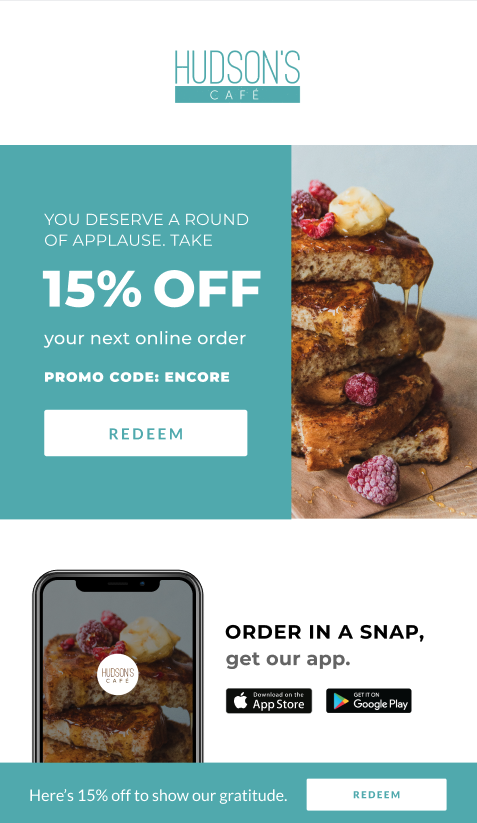
You control the branding, the timing, and the tone.
That kind of personalization feels less like advertising and more like hospitality—and that’s what keeps guests coming back.
More control over the customer experience.
When someone places an order through a third-party app, the experience is mostly out of your hands.
The layout, the flow, the messaging—it’s all designed to serve the platform, not your restaurant.
And if something goes wrong with the order, you’re often the one who takes the blame, even if it wasn’t your fault.
First-party ordering gives you the control to shape the experience.
You get to decide how your menu is displayed, how your brand is represented, and how the ordering process feels from start to finish.
Whether it’s a photo-rich menu, clear item descriptions, or a smooth checkout process, every detail can be tailored to fit your restaurant—not someone else’s system.
That level of control also means fewer errors and less confusion.
When third-party apps misrepresent menu items or drop the ball on order details, it’s your staff who has to clean up the mess.
With a first-party system, there’s less room for miscommunication. Guests see your real-time menu, your modifiers, and your prices—exactly as you’ve set them.
Plus, if something does go wrong, you’re not relying on a third-party help desk to fix it. You can step in directly, make it right, and preserve the relationship.
It’s a smoother experience for your guests, and a more reliable system for your team.
Why Restaurants Are Shifting to First-Party Ordering
Third-party apps are a great starting point for restaurants offering takeout and delivery, but operators are realizing that while third-party platforms offer reach and convenience, they come with trade-offs that add up over time: shrinking margins, limited access to customer data, and a lack of brand control.
More and more operators are moving away from relying solely on third-party platforms—and leaning into the control and long-term value of first-party systems.
It means building stronger direct customer relationships, protecting profits, and creating an experience that feels consistent from the first click to the final bite.
Yes, there can be a bit of a learning curve.
Setting up the system, learning how to operate it, and helping customers make the switch to direct ordering will take some effort, but the payoff is well worth it.
And when you partner with the right first party ordering platform, the process and results become exponentially better.
Operators aren’t abandoning third-party platforms entirely—but they are getting more intentional about when and how they use them.
First-party ordering is becoming the foundation, not the fallback.
Benefits of First-Party Ordering Are Too Good to be Ignored
Join the thousands of restaurants making the shift to first-party ordering and taking control of their online business.
Contact ChowNow to learn more about first-party ordering and how a Branded Mobile App and Direct Website Ordering can help you build stronger customer relationships and grow your restaurant online.
